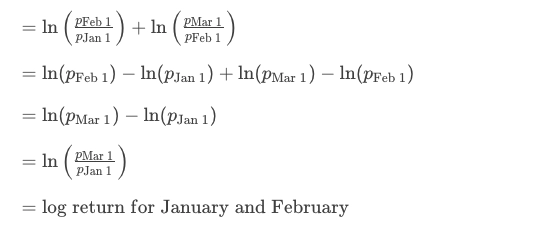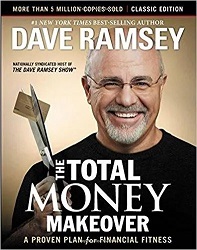Interest is the amount of money that a bank pays you for keeping your money in a deposit account, such as a savings account, a fixed deposit, or a certificate of deposit. Interest is also the amount of money that you pay to a bank for borrowing money from them, such as a loan or a credit card. Interest is usually expressed as a percentage of the principal, which is the amount of money that you deposit or borrow. The interest rate is the percentage that determines how much interest you earn or pay over a certain period of time.
There are different methods of calculating interest on bank deposits, depending on the type and terms of the account. The most common methods are simple interest and compound interest.
Simple interest
Simple interest is calculated by multiplying the principal, the interest rate, and the time period. The formula for simple interest is:
Interest = Principal x Interest rate x Time
For example, if you deposit $10,000 in a savings account that pays 2% simple interest per year, you will earn $200 in interest after one year. The total amount in your account after one year will be $10,200.
Simple interest is usually used for short-term deposits and loans, such as savings accounts and personal loans.
Compound interest
Compound interest is calculated by adding the interest earned to the principal and then applying the interest rate to the new balance. The formula for compound interest is:
Interest = Principal x (1 + Interest rate / Compound frequency) ^ (Compound frequency x Time) - Principal
The compound frequency is the number of times the interest is added to the principal in a year. For example, if the interest is compounded monthly, the compound frequency is 12. If the interest is compounded quarterly, the compound frequency is 4. If the interest is compounded annually, the compound frequency is 1.
For example, if you deposit $10,000 in a fixed deposit that pays 2% compound interest per year, compounded quarterly, you will earn $201.36 in interest after one year. The total amount in your account after one year will be $10,201.36.
Compound interest is usually used for long-term deposits and loans, such as fixed deposits, certificates of deposit, and mortgages.
Comparison
Compound interest is more advantageous than simple interest for depositors, as it allows them to earn interest on interest and grow their money faster. However, compound interest is more disadvantageous than simple interest for borrowers, as it increases their debt and makes it harder to repay.
To compare the difference between simple interest and compound interest, you can use online calculators, such as the ones provided by Bankrate, NerdWallet, and Omni Calculator. You can also use the following formula to calculate the effective annual interest rate, which is the equivalent simple interest rate that would produce the same amount of interest as the compound interest rate:
Effective annual interest rate = (1 + Interest rate / Compound frequency) ^ Compound frequency - 1
For example, if the interest rate is 2% and the compound frequency is 4, the effective annual interest rate is:
Effective annual interest rate = (1 + 0.02 / 4) ^ 4 - 1
Effective annual interest rate = 0.020408163
Effective annual interest rate = 2.0408163%
This means that 2% compound interest per year, compounded quarterly, is equivalent to 2.0408163% simple interest per year.
Conclusion
Interest is the amount of money that a bank pays or charges for depositing or borrowing money. Interest is calculated by applying an interest rate to the principal over a certain period of time. There are different methods of calculating interest, such as simple interest and compound interest. Simple interest is calculated by multiplying the principal, the interest rate, and the time period. Compound interest is calculated by adding the interest earned to the principal and then applying the interest rate to the new balance. Compound interest is more beneficial for depositors and more costly for borrowers than simple interest. To compare the difference between simple interest and compound interest, you can use online calculators or the formula for the effective annual interest rate.







